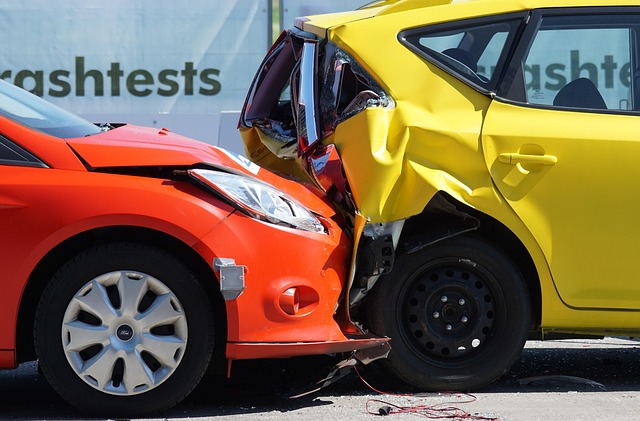Reimagining the Role of Community in a Post-Pandemic World
The pandemic has been a catalyst for change in our lives, yielding a profound shift in our societal structures and behavioral trends. It has reshaped our understanding of community, transforming it from a geographically bound concept into a fluid, digital entity. Read below to delve into this new phenomenon and understand how this change is shaping our society.

A Historical Perspective: The Evolution of Community
Traditionally, the notion of community was tied to geographical proximity. The neighbors, the local church, the school district – these were the primary components of a person’s community. It was within these physical boundaries that individuals fostered relationships, participated in shared activities, and developed a sense of belonging.
However, with the advent of the internet, the idea of community began to transcend physical boundaries. Online platforms allowed for the creation of virtual communities, where individuals connected based on shared interests rather than geographical proximity.
The Pandemic’s Impact: A Surge in Virtual Communities
The COVID-19 pandemic fast-tracked the shift toward virtual communities. As physical distancing measures were implemented, individuals turned to the internet to maintain connections and find support. Online fitness classes, virtual book clubs, and digital volunteering opportunities surged in popularity, demonstrating the potential of virtual communities in fostering connection and resilience in challenging times.
The Implications: A New Understanding of Connection and Support
This shift towards online communities has significant implications. Firstly, it challenges the traditional understanding of community as a geographically bound entity. It suggests that shared interests and experiences can be as effective, if not more so, in building meaningful connections and fostering a sense of belonging.
Secondly, it highlights the internet’s potential as a tool for social support. Virtual communities have demonstrated their ability to provide emotional support, resources, and a sense of belonging during a time of widespread isolation and uncertainty.
The Future: Building Resilient and Inclusive Communities
As we emerge from the pandemic, the concept of community will continue to evolve. The challenge lies in leveraging the strengths of both physical and virtual communities to build more resilient and inclusive structures. This could involve integrating digital elements into physical communities and vice versa, fostering hybrid communities that leverage the best of both worlds.
Embracing the Change
The transformation of community in a post-pandemic world is a testament to human adaptability and resilience. By embracing this change and reimagining the role of community, we can foster connections that are not bound by geographical proximity but are instead based on shared experiences and interests. This shift has the potential to create more inclusive, supportive, and resilient communities, better equipped to navigate future challenges. It’s a change that’s not just about surviving, but about thriving in our evolving world.




